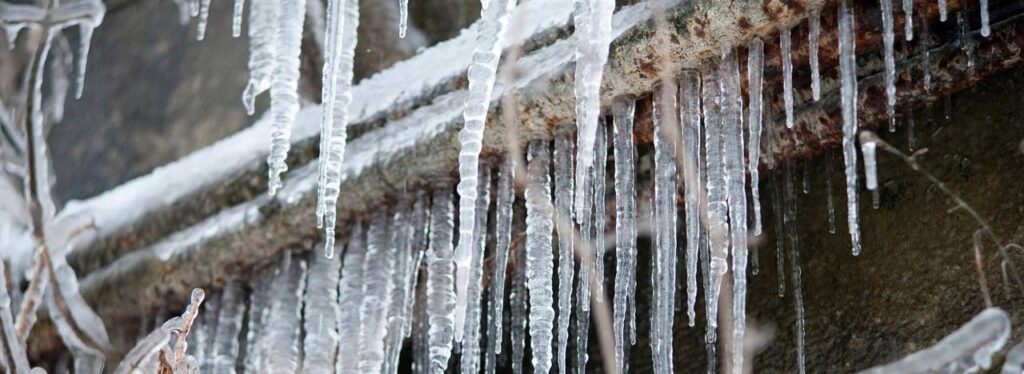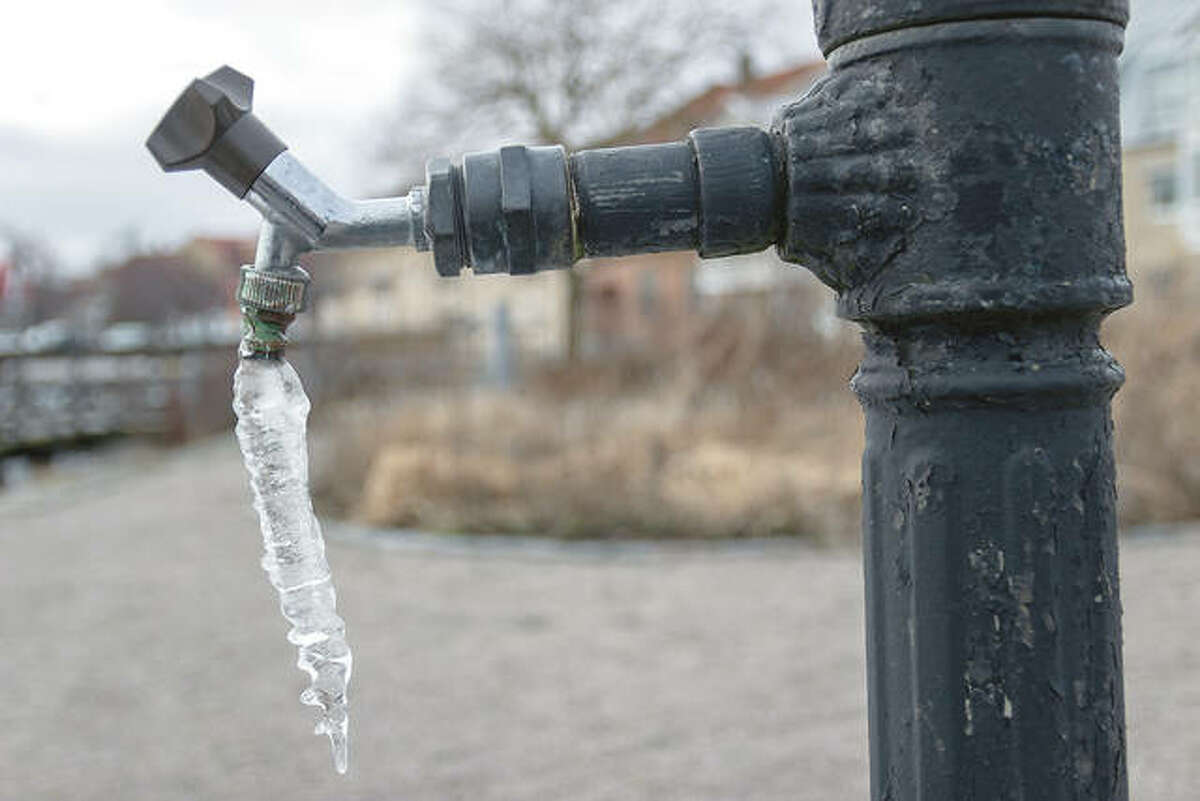Essential Tips for Preventing Frozen Plumbing in Cold Weather Seasons
Essential Tips for Preventing Frozen Plumbing in Cold Weather Seasons
Blog Article
They are making a number of great pointers on Helpful Tips to Prevent Frozen Pipes this Winter in general in this great article down the page.

Winter can damage your plumbing, particularly by freezing pipelines. Here's just how to prevent it from happening and what to do if it does.
Introduction
As temperatures decrease, the threat of icy pipelines increases, potentially resulting in expensive repair services and water damages. Comprehending exactly how to avoid icy pipes is vital for homeowners in cold climates.
Understanding Icy Pipelines
What triggers pipes to ice up?
Pipelines freeze when revealed to temperature levels below 32 ° F (0 ° C) for extended durations. As water inside the pipes freezes, it increases, putting pressure on the pipe wall surfaces and potentially causing them to burst.
Dangers and problems
Icy pipes can cause water supply interruptions, residential property damages, and costly repair services. Ruptured pipelines can flood homes and trigger substantial architectural damages.
Signs of Frozen Pipes
Identifying icy pipes early can stop them from breaking.
How to determine icy pipes
Try to find lowered water flow from faucets, uncommon smells or noises from pipes, and noticeable frost on revealed pipes.
Prevention Tips
Shielding prone pipelines
Wrap pipes in insulation sleeves or make use of warm tape to shield them from freezing temperature levels. Concentrate on pipes in unheated or outside locations of the home.
Home heating techniques
Keep indoor rooms effectively warmed, especially locations with plumbing. Open cabinet doors to enable warm air to distribute around pipelines under sinks.
Securing Exterior Pipes
Yard hose pipes and outside faucets
Disconnect and drain garden hoses prior to winter months. Mount frost-proof faucets or cover outdoor taps with shielded caps.
What to Do If Your Pipes Freeze
Immediate actions to take
If you think frozen pipelines, keep faucets open up to soothe pressure as the ice thaws. Utilize a hairdryer or towels taken in warm water to thaw pipelines gradually.
Long-Term Solutions
Structural adjustments
Think about rerouting pipes away from outside walls or unheated locations. Include additional insulation to attic rooms, basements, and crawl spaces.
Updating insulation
Invest in premium insulation for pipelines, attics, and walls. Correct insulation helps preserve consistent temperatures and lowers the risk of icy pipelines.
Conclusion
Stopping icy pipelines requires proactive procedures and fast feedbacks. By understanding the causes, indicators, and safety nets, homeowners can protect their plumbing during cold weather.
5 Ways to Prevent Frozen Pipes
Drain Outdoor Faucets and Disconnect Hoses
First, close the shut-off valve that controls the flow of water in the pipe to your outdoor faucet. Then, head outside to disconnect and drain your hose and open the outdoor faucet to allow the water to completely drain out of the line. Turn off the faucet when done. Finally, head back to the shut-off valve and drain the remaining water inside the pipe into a bucket or container. Additionally, if you have a home irrigation system, you should consider hiring an expert to clear the system of water each year.
Insulate Pipes
One of the best and most cost-effective methods for preventing frozen water pipes is to wrap your pipes with insulation. This is especially important for areas in your home that aren’t exposed to heat, such as an attic. We suggest using foam sleeves, which can typically be found at your local hardware store.
Keep Heat Running at 65
Your pipes are located inside your walls, and the temperature there is much colder than the rest of the house. To prevent your pipes from freezing, The Insurance Information Institute suggests that you keep your home heated to at least 65 degrees, even when traveling. You may want to invest in smart devices that can keep an eye on the temperature in your home while you’re away.
Leave Water Dripping
Moving water — even a small trickle — can prevent ice from forming inside your pipes. When freezing temps are imminent, start a drip of water from all faucets that serve exposed pipes. Leaving a few faucets running will also help relieve pressure inside the pipes and help prevent a rupture if the water inside freezes.
Open Cupboard Doors
Warm your kitchen and bathroom pipes by opening cupboards and vanities. You should also leave your interior doors ajar to help warm air circulate evenly throughout your home.

As a fervent person who reads about Helpful Tips to Prevent Frozen Pipes this Winter, I imagined sharing that piece of content was beneficial. Enjoyed reading our write-up? Please share it. Let someone else check it out. We value reading our article about Winter Plumbing Precautions: Preventing Frozen Pipes.
Phone Report this page